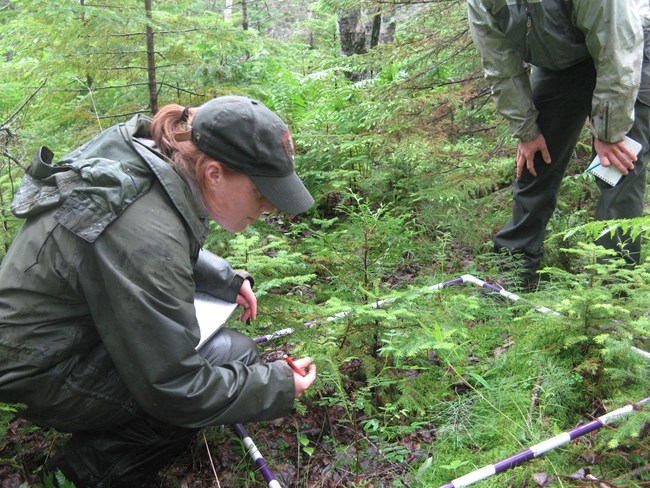
NPS photo.
How do we know what we know? And how do we know that we can rely on the information we collect?
The Inventory & Monitoring Program (I&M) was created to help solve a problem that plagued many parks for decades. Too often, park managers lacked the information they needed to make scientifically sound decisions about park resources. Even basic questions such as “Which plants and animals are in this park?” or “Has the park’s water quality changed in recent years?”could be hard to answer without a consistent, long-term data record. Scientific research was being done in many parks, but it tended to be project-based, intermittent, and performed by many individuals with different goals and methods over inconsistent time periods, making it difficult to compile and compare results.
To make sure park managers had access to basic information about key resources in their parks, I&M was created by an act of Congress in 1998, “to establish baseline information and to provide information on the long-term trends in the condition of National Park System resources.” Today, the Northeast Temperate Network (NETN) is one of 32 inventory & monitoring networks that serve hundreds of National Park Service units from coast-to-coast, Alaska, Hawaii, and beyond, allowing parks to go from saying “We don’t know” into “Let’s look at the data.”
NETN staff follow rigorous, peer-reviewed monitoring protocols to collect data on key indicators of ecosystem health, or “vital signs.” The protocols help ensure that the data are collected in the same manner and on a consistent schedule year after year—creating a long-term record that allows us to identify and track change. Before the start of monitoring, 12 basic inventories were conducted on natural resources at Northeast Temperate Network parks.
Last updated: April 5, 2018
